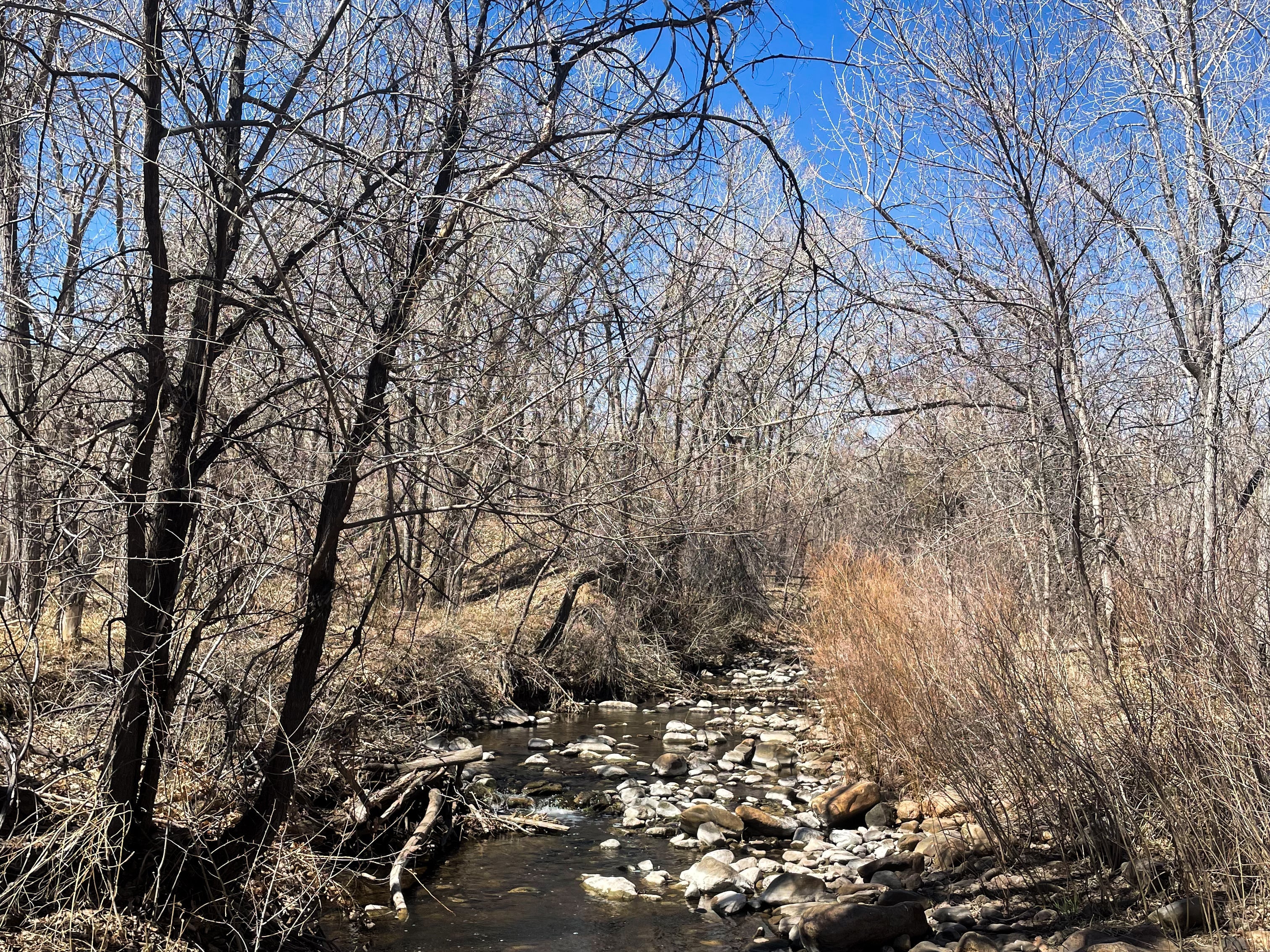You may live or work in a building where some of the landscaping covered with gravel. It is purchased by the cubic yard or the ton. It does its job, often unremarkably of covering ground, making decorative landscape elements, or as rock mulch.
My question to you is have you really taken a look at landscape gravel?
Landscape gravel is expensive to transport so it usually is local stone. As a result, the story your local landscape gravel tells you is the story of your local geology. The photo above shows some of the landscape gravel outside Waystone’s facility. This style is called "riverbed" gravel. The rounded shape of the stones indicates that the rocks were shaped and tumbled in a river bed. You have probably seen landscaping using this sort of stone.
I’m blessed to live in Denver. The South Platte River meanders through the city. There were several gravel mines along the South Platte not far from the shop. Most of those gravel mines are reservoirs today but they were active when the shop was built. Denver is on a basin filled with gravel that has eroded and washed down from the Rocky Mountains for the last hundred million years or so.
The gravel is a cross section of the rocks from the mountains in the watershed that feeds the South Platte. That huge watershed encompasses about a third of the Colorado Rockies east of the continental divide, bordered by Rocky Mountain National Park to the north, and Pikes Peak to the south.
The tributary to the South Platte that is closest to the gravel mines is Clear Creek. Clear Creek goes almost due west into the Rockies. Clear Creek has a storied history. It is where the Colorado gold rush happened, and later, where the silver rush occurred. While I don’t expect to find a gold nugget or silver ore, there are interesting stones in the gravel.
Here are just a few of the stones found in the landscape gravel by the shop.
 1. Colorful + Banded Rocks This collection is a mix of granite, quartzite, feldspar and schist. These have color contrasts or banding that will make interesting jewelry pieces.
1. Colorful + Banded Rocks This collection is a mix of granite, quartzite, feldspar and schist. These have color contrasts or banding that will make interesting jewelry pieces.
2. Conglomerates These have small stones cemented together with another stone. They make jewelry with a novel appearance.
3. Petrified Wood These pieces will make gorgeous jewelry. They polish up brilliantly.
4. Fossils One is a fossil conglomerate probably from a river bed where bones accumulated, the other probably is dinosaur bone. This is for museum piece jewelry with an exotic origin story.
5. Jasper Like petrified wood, these stones have dynamic color and polish nicely.
I’m looking forward to making these stones into cabochons.
If you have wondered where you can find an interesting or meaningful stones, just look down! This planet we live on is a rock. From the minute to the majestic, nature surrounds us with beauty. Even something as mundane as landscape gravel can be a source for interesting stones. A piece of landscape gravel from a special place can be made into beautiful jewelry that is both a personal memento and has a story to tell.



